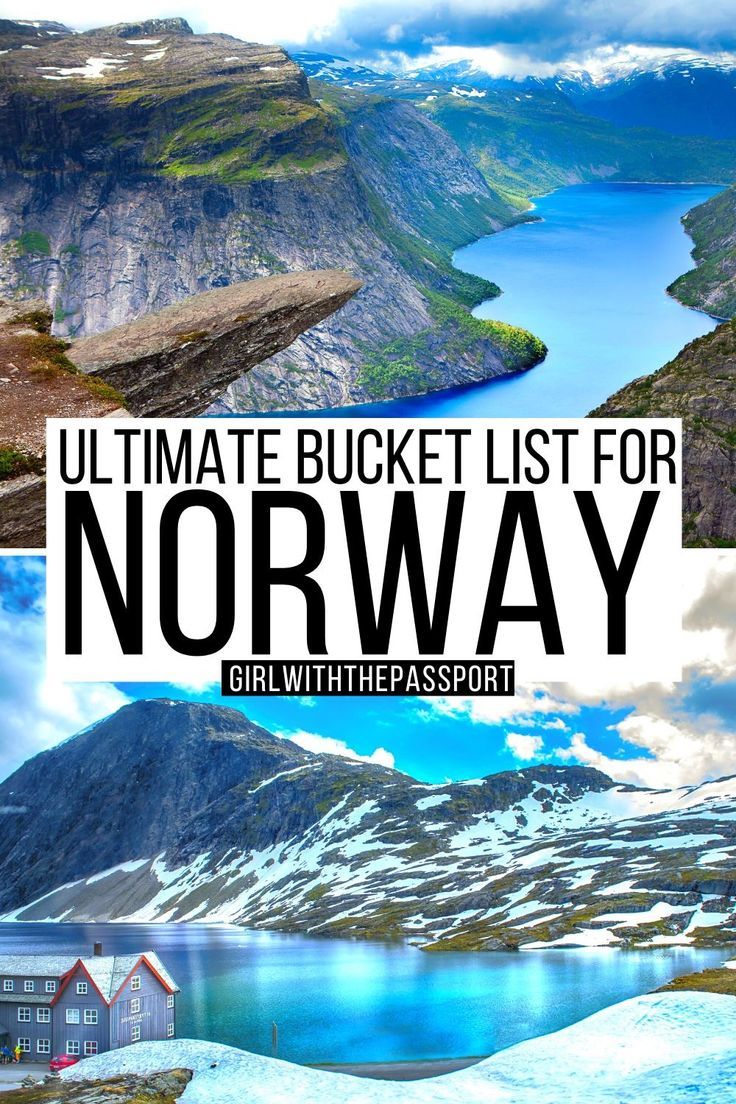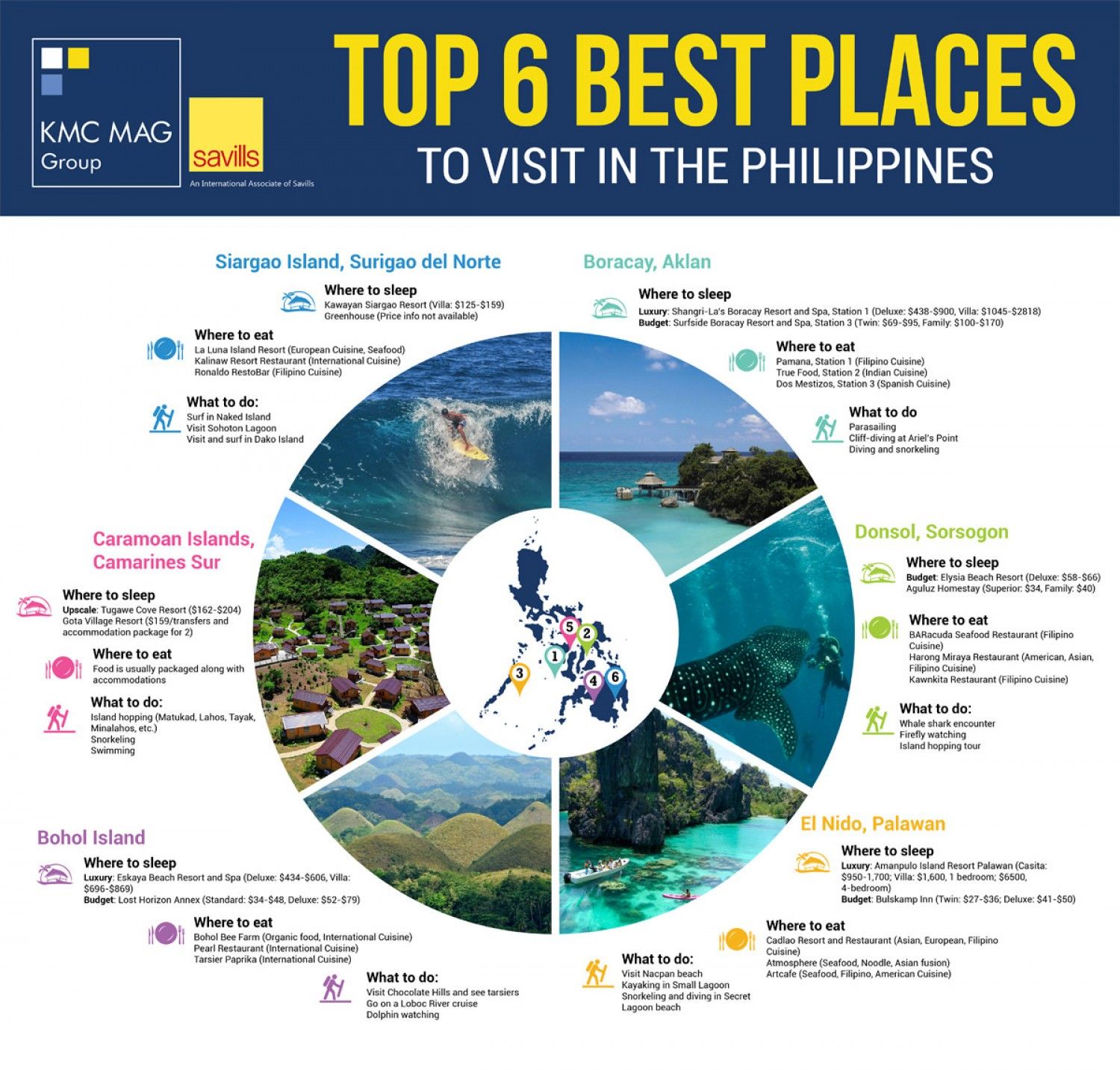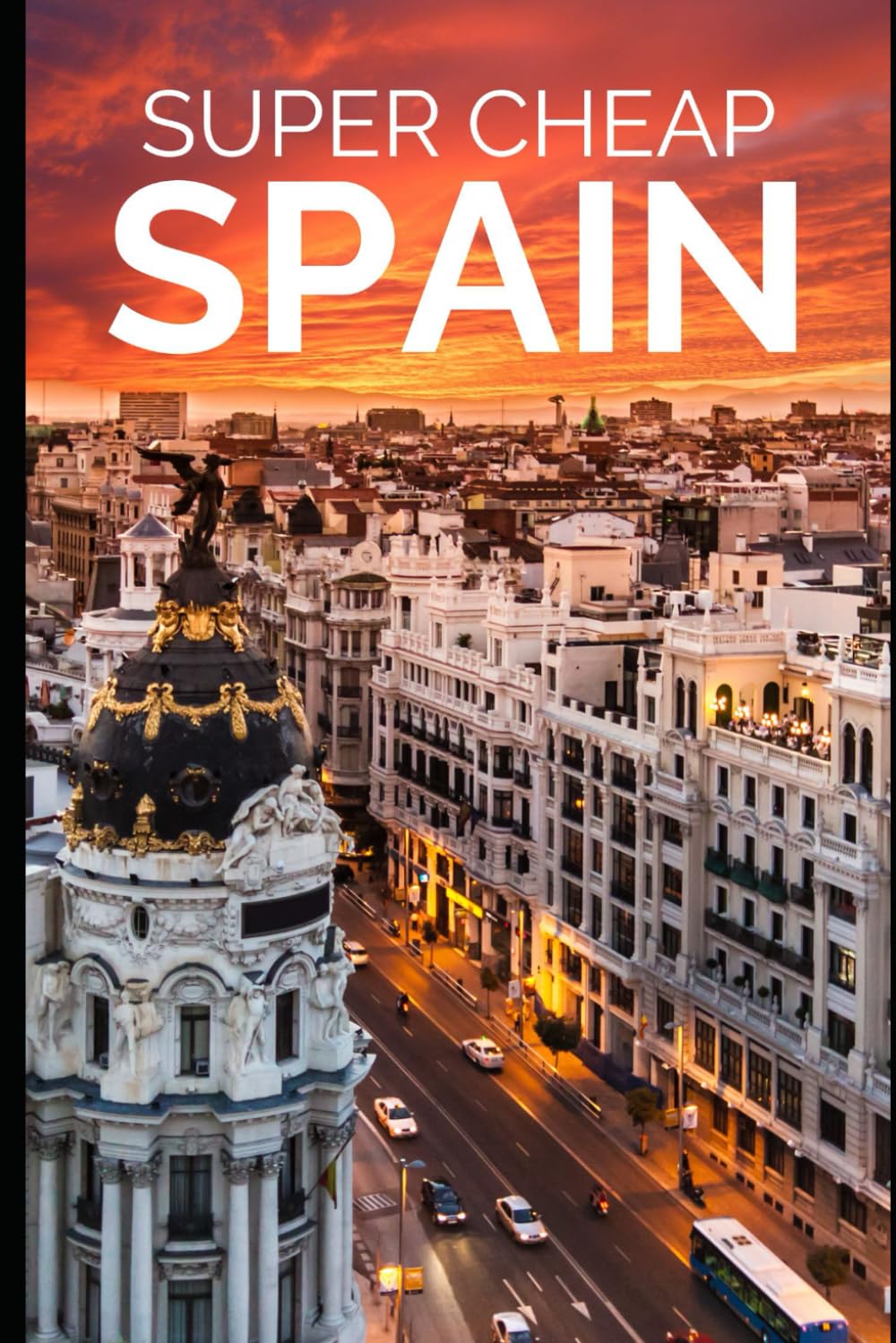Saving Money While Visiting Himalayas That Locals Recommend
Embracing Local Wisdom for an Affordable Himalayan Adventure The core of budget-friendly travel in the Himalayas isn’t about cutting corners; it’s about embracing authenticity and living more like a local.…
Affordable Destinations in Norway Worth Adding to Your Bucket List
Norway, a land of majestic fjords, breathtaking Northern Lights, and vibrant cities, often carries a reputation for being an expensive travel destination. However, with careful planning and smart choices, it’s…








